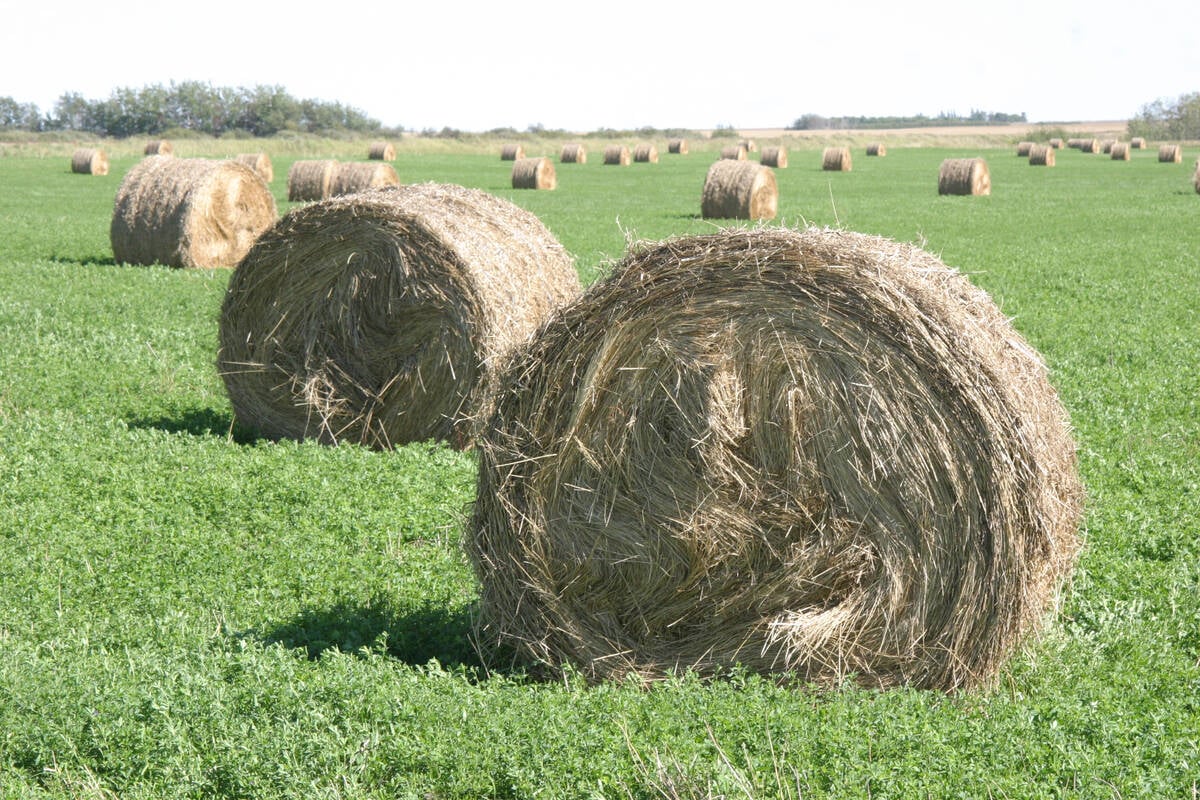LEDUC, Alta. – Hope is not a strategy for successful farming, says an Australian livestock specialist.
“Planning is essential,” Richard Apps told sheep producers at their annual Alberta Sheep Breeders Association symposium.
He said sheep producers made money even in the midst of Australia’s worst drought.
Those who did so enjoyed a higher percentage of wool and lamb per hectare and lower costs of production.
He said profit in sheep operations is driven by the number of ewes per hectare, the number of lambs per ewe run and the weight of the lambs when they are sold.
Read Also

Breaking down successful winter feeding into six steps
It’s that time of year when it is important to start planning for a cow herd’s winter feeding program. Here are six steps I think are necessary to consider when getting your feed tested.
A study commissioned by Meat and Livestock Australia found that farm-e rs who made less money still worked hard but were slow to adopt new technology that would increase profitability.
“The poor performance of the average, and below, producers is not a function of a lack of research-based technical information to fine tune their businesses, but rather a function of social and generational family conditioning that stifles innovation and uptake of R and D outputs,” Apps said.
Alberta’s 132,000 head flock is tiny compared to Australia’s 68 million sheep, but Apps said he expects similarities between top producers in both regions.
Top producers follow a five-point plan:
• Establish business plans and objectives.
• Calculate cost of product per kilogram of meat or wool.
• Compare their business performance against industry benchmarks.
• Quantify risks and develop a risk management plan.
• Assess enterprise changes and new technologies.
Apps said anyone can establish a business plan, but it takes discipline to stick to it and avoid distractions.
“It’s really easy to be busy on the farm. Being busy does not mean you are productive or profitable,” he said.
Top end producers in Australia work with researchers, associations and other industries to conduct on-farm research on large-scale plots.
“They’re testing principles that come out of research stations. Onfarm trial work is a powerful tool.”
Apps said producers need to know their cost of production, which is a fundamental tool for determining a farm’s highest costs. Are they wages, feed or supplements?
He also asked producers to list their most important profit drivers.
“Who put yourself at the top of the list?” he asked.
“The number one profit driver in Australia, and I suspect it’s the same here, is the manager. You need to think about how you go about educating yourself, keeping abreast of technology.”
Alberta Lamb Producer director Kathy Parker said this year’s symposium wasn’t designed to teach the basics of lamb production, but to address management skills.
“I think the industry has matured to the point that there are very capable producers that need to address the management issues that aren’t all about death and sickness,” she said.
“Most of production losses aren’t about death, they’re about not being able to manage effectively, and no one wants to do management. It’s hard. This symposium is about change and how to change how we think. It’s a bit of a paradigm shift.”
Alberta’s sheep industry has seen steady growth, especially when other industries such as cattle, bison and pigs were in the doldrums.
“The industry is certainly growing and the flock sizes are getting bigger,” she said. “We’re having an infusion of producers from other industries like cattle, hog, dairy that are very comfortable talking about cost of production and it’s giving the momentum to this kind of discussion. It’s evolved past a cottage industry. Now it’s the industry people are really seriously considering.”














